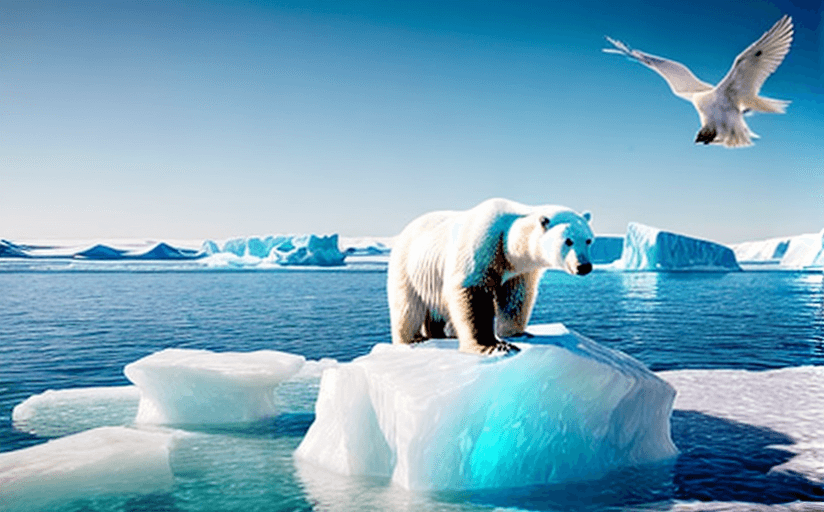Climate Change is Impacting Animal Migration Patterns
Climate change is having a significant and undeniable impact on animal migration patterns across the world. As temperatures rise, seasonal weather patterns change, and environmental destruction blurs the paths of migratory species, the habits of many animals are under threat.
Animals such as birds, fish, and mammals migrate as part of their natural life cycle, and as climate change disrupts these patterns, the consequences for the affected species can be profound. Rising temperatures can lead to diminished food sources, forcing species to migrate elsewhere in search of sustenance. Changes in seasonal weather patterns can cause unexpected changes in migratory habits, making it difficult for species to adapt. Environmental destruction can also block the paths that animals use to migrate, forcing animals to search for alternative routes or remain in a single location.
Increasingly, conservation efforts are being made to combat the negative effects of climate change on migratory species. Wildlife refuges are being established to provide safe havens for animals, and efforts are being made to protect the habitats of migratory species. Governments are also investing in research projects to better understand animal migration patterns and to develop ways to protect them.
Humans can also help protect migratory animals by taking more responsibility for their actions. Reducing waste, conserving energy, and minimizing consumption of natural resources are all steps that can help protect the habitats of migratory species. Additionally, educating oneself about the effects of climate change and supporting organizations that are working to protect migratory species can also help ensure a more sustainable future for these animals.
Climate change is having a drastic effect on animal migration patterns, but with concerted efforts from humans and governments alike, these species can be protected from the detrimental impacts of a changing climate.



















Comments
Leave a Comment